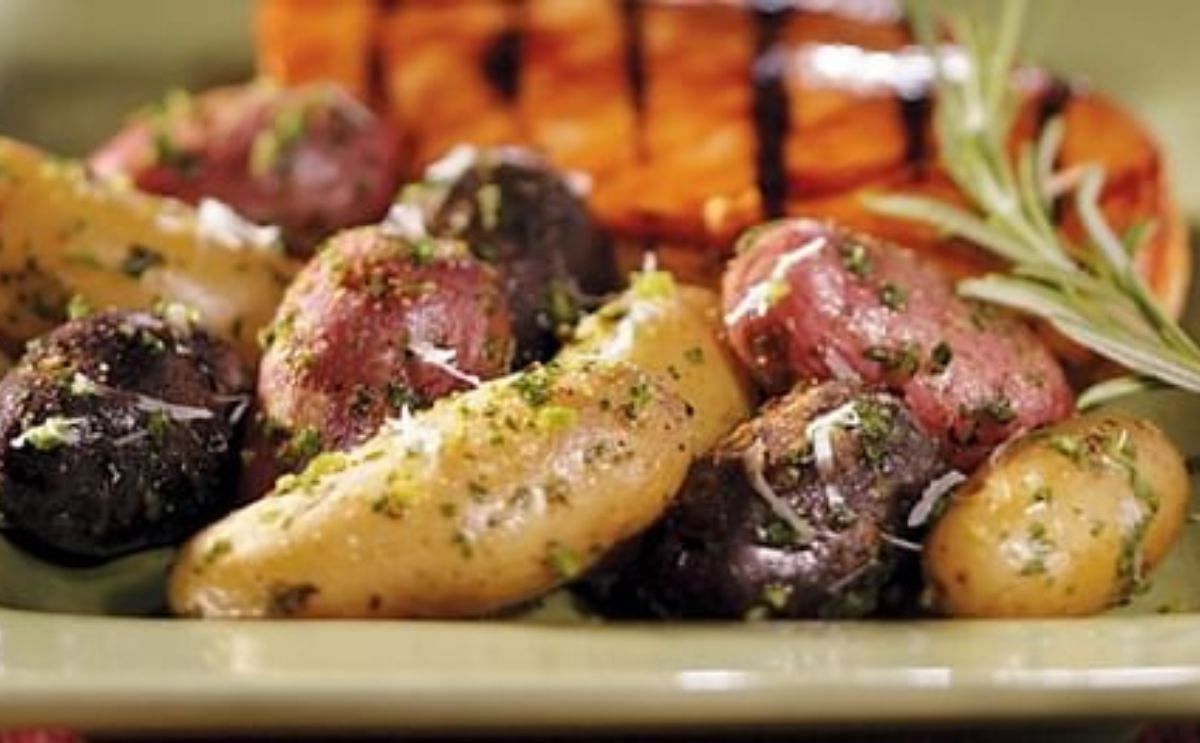Foodservice eats up fingerlings, specialty potatoes
Foodservice eats up fingerlings, specialty potatoes

Robert Tominaga, president of Heyburn, Idaho-based Southwind Farms, has seen demand for the fingerlings his company grows and other specialties rise dramatically in recent years.
A big part of that has to do with a spike in foodservice demand.
“Millennials, and even baby boomers, are looking for something new,” Tominaga said. “Foodservice, especially, is looking for more exciting things.”
Chefs and their customers like fingerlings and other specialties for cosmetic reasons, too — not just because they taste good.
“You’re not going to find anything prettier than multicolored potatoes.”
It’s gotten to the point where Tominaga has heard his fingerlings, done right by the right chefs, described in some fairly novel ways.
“I had some lady say they were ‘sexy.’ This is my 35th crop — most of them russets — and I never thought I’d hear a potato described as sexy.”
And fingerlings are by no means the province of white-tablecloth restaurants alone, though that’s where the trend started, Tominaga said. Chains including Longhorn Steakhouse have begun serving the variety.
That’s great news for fingerling specialists like Southwind, but Tominaga said it does raise an interesting question.
“I don’t know if there’s enough supply to feed them.”
Sales of specialty potatoes increase a bit every year, and foodservice is taking the bulk of them, said Gary Garnand, owner of Twin Falls-based Garnand Marketing LLC.
“I haven’t noticed as much in retail,” Garnand said. “It doesn’t mean it won’t start happening, and maybe at some high-end retailers it already has.”





